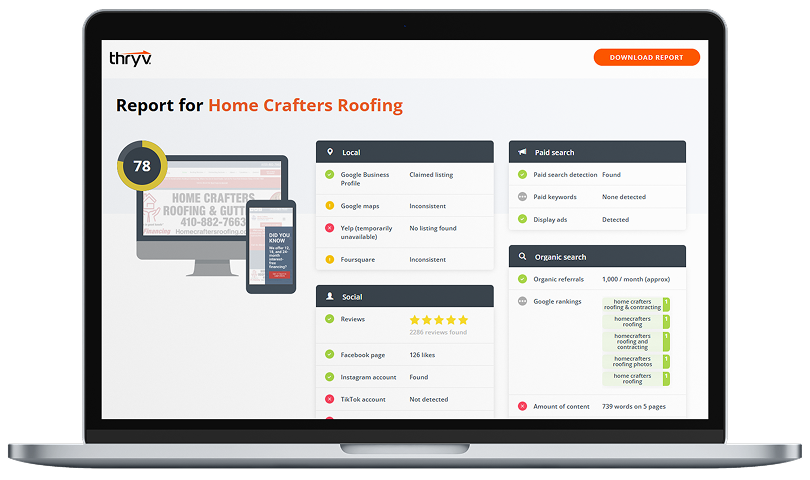With participation in retail loyalty programs continuing to grow at a steady rate (memberships have more than doubled since 2006 and now top a billion), customers have become increasingly demanding as to what they receive in return for the information they provide, most notably greater personalization in services and offers.
Fortunately, according to a recent eMarketer report, “Loyalty Marketing 2014: Lessons from the Drugstore Chains,” the increasing sophistication of data collection and analysis allows companies to meet these demands.
As consumers move away from expecting cookie-cutter discounts and towards perks that reflect their preferences and buying habits, retailers have begun to utilize data integration and demographic analysis to meet these expectations, with an understanding that the relationship between retailer and customer is a symbiotic one, as both benefit from information gathered.
In a September 2013 study conducted by Forbes Insight, almost two-thirds of consumers were willing to provide personal information in exchange for personalized offers, with more than 75 percent expecting that providing this information would result in better discounts and offers. In addition, close to half of the consumers who responded expect the information they share will result in recognition as a valued customer, as well as in greater personalization of services and product suggestions.
These numbers provide strong support for a solid ROI regarding data analysis and integration, as it serves “as a key source and connector of consumer behavior across different sales channels.”
The challenge, however, lies in filtering and organizing the collected data into a cohesive unit that can be used to meet consumer demands.
With that in mind, according to a related report from RIS News, retailers will be making a greater investment in marketing data analysis that revolves around loyalty programs. More than half of these investments will target social and mobile engagement as well as the frequency of their marketing communications, while close to sixty percent will also invest in data analytics and integration in an effort to better understand customer behavior patterns in order to generate an improved loyalty program experience.
Reference:
eMarketer. “Loyalty Program Members Demand More Personalized Experiences,” January 29, 2014.


